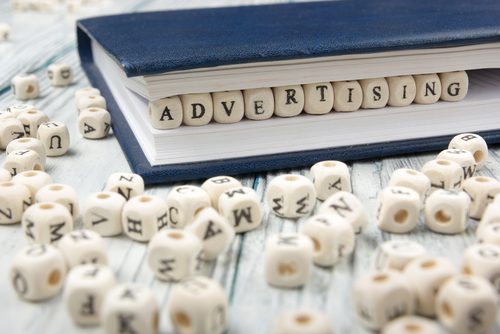 Reading Time: 3 minutes
Reading Time: 3 minutesIf your company sells products to consumers, advertising those products is a fantastic way to drive sales and increase awareness of your brand. Product listing advertisement (PLA) pertains to the listed ads for purchasable products seen on Google Search. When a user searches for a specific product, the highest-rated and most relevant ads appear at the top of the search results. If you sell products online, you want your PLAs to appear amongst the top results.
PLA marketing is a bit trickier than other forms of Google marketing. Developing solid product listings requires time and effort. The following best practices can help you navigate the PLA marketing side of Google, enhance your product advertising, and boost your sales.
Do: Measure the ROI on All PLAs
It costs money to list PLAs on Google, and you need to ensure the money you’re spending on your PLAs offers an acceptable return. PLAs are most useful for advertisers who want to list specific products or groups of products, and just like Google text ads they require a pay-per-click pricing format. When you decide to list a PLA on Google, you must set a bid price and pay that amount when a user clicks on your PLA. While the pricing of text ads revolves around keywords, PLAs refer to ad groups for pricing, so it’s essential to have a firm understanding of your products’ ad groups to determine how much each click will cost you.
Advertisers also have the option to add special features to their PLAs, including:
- Special Offer links. These come at no additional charge and simply place a “Special Offer” tag within your PLA to notify users that a promotional offer exists for the displayed product.
- Product Rating displays. Advertisers can display a rating with each listed product as long as the product has received at least three reviews. Google displays these ratings with a simple and intuitive five-star system.
- Trusted Store badge. Google verifies online retailers and offers the Trusted Store badge to retailers, allowing them to display a condensed report card covering their customer service records, shipping reliability, and timeliness of responses to customers’ questions.
You will need to carefully review your products and determine which are your best sellers. PLA marketing works best for companies that offer many different products, but that doesn’t mean a brand with a smaller product catalog cannot find success on the Google Shopping Marketplace. Evaluate your product offerings and consider how to craft PLAs for them. Taking time to identify your best selling products and those that may be underperforming allows you to dedicate the necessary marketing budget to those items.
Do: Segment Your Bids
When you pay for PLAs, Google offers the option to set up different bidding structures for different products. Generally, a good rule of thumb is to denote at least three categories for your bids: Good, Better, and Best. The “Best” category should comprise your top 10% to 20% of best selling products. Devote your highest bids to your “Best” products as these are most likely to sell and offer the best return on investment. Your average-selling products should occupy your “Better” bidding slots, and the remainder should comprise your “Good” listings.
Segmenting your bids in this manner ensures you capture the easiest sales of your best selling products while avoiding wasted money on lower-performing products. Remember, consumer trends and tastes change over time. You will need to occasionally audit these segments and move your products around accordingly. You’ll also need to adjust your bids based on the time of year. For example, it’s pointless to keep winter clothing items in the “Best” category during the summer.
Don’t: Neglect Negative Keywords
Keywords are as essential to PLAs as they are to Google text ads, but PLAs tend to rely even more heavily on negative keywords. While positive keywords indicate which keywords resonate most strongly with your listed products, negative keywords function in the opposite manner and prevent your listings from appearing in certain search query results. Negative keywords are a great way to differentiate products that carry different monikers in different parts of the world.
Don’t: Skimp on Product Photography or Use Questionable Photos
Basic stock photos are not an acceptable choice for your PLAs. It may seem easiest to upload a basic picture of the product or the package but investing in professional product photography offers the highest return on investment. Avoid edited and watermarked images and only include photos of the listed product. You should also avoid any images that fall outside the realm of “family-friendly” to avoid unnecessary penalties against your PLAs.
Google commands the greatest share of search engine traffic in the world, and more people than ever are shopping online and starting their purchasing research on Google. PLA marketing offers fantastic return on investment, but only if you take the appropriate steps to ensure your products appear in the right searches with accurate info, competitive pricing, and a great return on investment for your marketing budget.
At Vizion Interactive, we have the expertise, experience, and enthusiasm to get results and keep clients happy! Learn more about how our status as a Google Partner, along with our PPC Management, Google Shopping Ads, Social Media Advertising, Amazon Advertising, and other Paid Media services can increase sales and boost your ROI. But don’t just take our word for it, check out what our clients have to say, along with our case studies.




